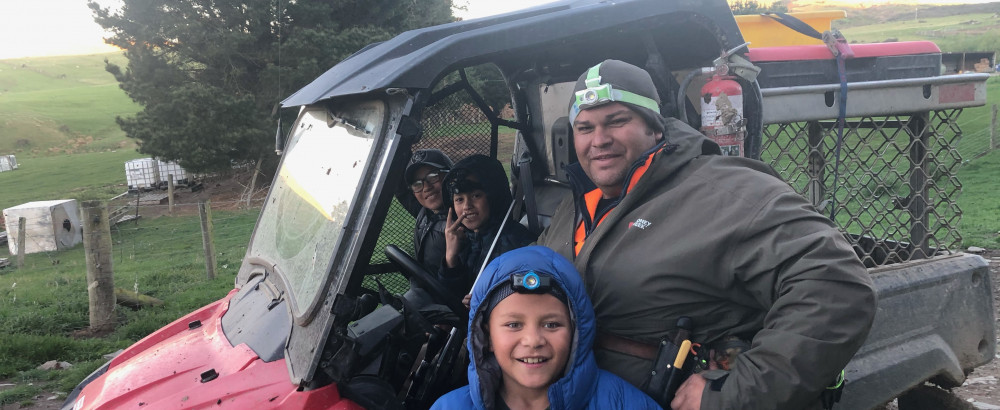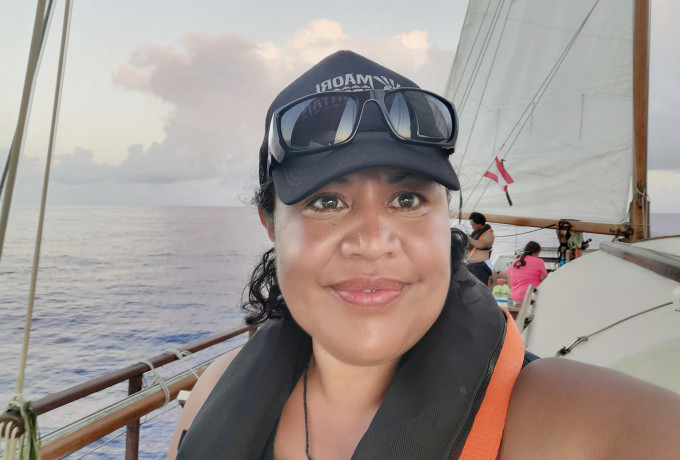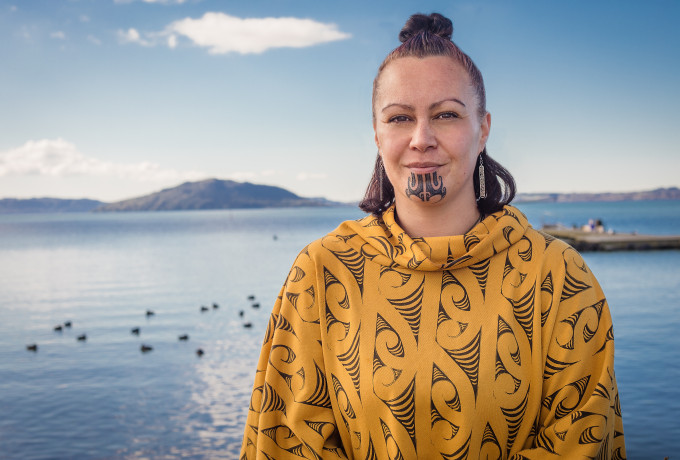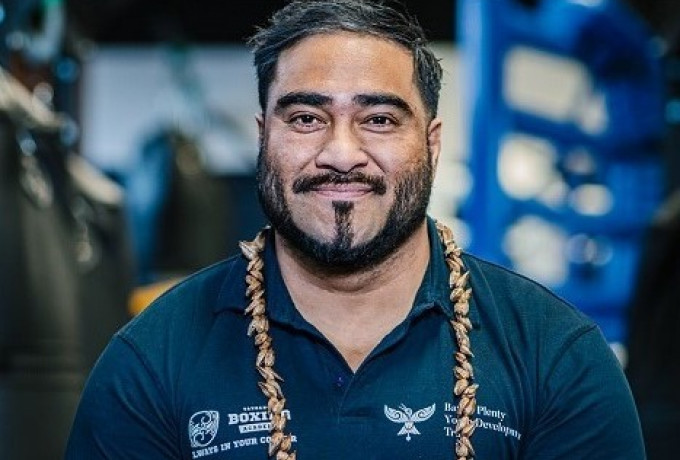
Matthew Kiore
Kia Wai Hina
Have your principles in place, understand why you’re doing what you’re doing. Be sure your methodology and pedagogy is pono and tika so you know what you’re doing is going to be helpful and not hurtful
Kia Whai Hina is a kauapapa Māori initiative created by Matthew Kiore, that supports whānau by reconnecting them with the whenua and the moana, through gathering kai.
“It’s based around the practice of our tūpuna, where we connect with our environment, and we do that through mahina kai whakamahi whenua, mahi Tangaroa, and Kia Whai Hina,” Matthew says. Kia Whai Hina provides a safe way for Māori to release stress. “By reconnecting with Papatūānuku, Tangaroa, Tāne, Rongo and Tawhirimatea, we can release that energy back into our environment, and then replenish ourselves with positive, better energy.”
This project has been ongoing in various forms since 2016. “Kia Whai Hina was something that just clicked for me,” Matthew says. Over many years in community work, he has refined his methodology by researching tūpuna wisdom and whakapapa kōrero. “This is a way of sharing that best practice, that suicide is a simple problem that can be managed and dealt with, with some deliberate actions.”
While mahinga kai is the kaupapa, Kai Whai Hina works with people wherever they are at, with whatever they need. “We’re prescriptive; we get alongside them. We’ve got a series of tikanga that I apply that allow me to do that. We’ll work with somebody in whatever way they need to release. Whether it’s learning tukutuku, he tātai and karakia, and those sorts of things out on the moana or going for a walk up the hill.
“So, whakapiri mai. We get in sync with each other, and see what’s going on, and see where we can lead them out of that koroirangi, that whirlpool that they’re in, and come back into calmer waters.”
A prescriptive approach is key. “The funding is secondary. A lot of the funding in the past has told us what to do,” Matthew says. “Whereas this is a kaupapa where we get alongside our whānau, and we respond to their needs. It’s more of a ‘How can I help?’ kind of attitude.”
Matthew is passionate about hunting, fishing and diving. “I love it. It generates a really positive energy. They take kai home and feed their whānau, and they’ve got something really positive in their life that overcomes some of those negatives that might be going on in the background. They’re releasing that energy and deliberately replenishing it. It’s what a lot of our whānau need.”
Kai Whai Hina is weather dependent. “Planning is a big thing for me,” Matthew says. “If the weather is not good, then we’ll often have to postpone. We need to work more on having a backup, as our whānau need that release based on the maramataka that they’re experiencing.” This becomes very labour intensive for Matthew as a facilitator. “I can facilitate 40 or 50 on the hill, but I can’t facilitate the one-on-one stuff when we can’t get out. So that’s always the challenge, keeping it small enough so that you can still provide the level of support that whānau need.
“The whānau just love it,” Matthew says. “I feel that the whānau I work with are much more connected and safer. Not just connected in terms of other people, but connected with themselves. More awareness of themselves, and how to self-regulate. It’s about giving them a strength and a resilience that wasn’t previously there.”
Many come from challenging backgrounds. “Let’s say the person is being violent or harmful, sometimes others have stopped seeing the person at some stage,” Matthew says. “To still be able to work with people on a level where they feel respected, valued and included - that’s really important. They actually want to get to a place where they are well, and they’re good around their whānau and can have these relationships. I’m thinking of some of our whānau that have been labelled as gang members and things like that, that haven’t ever experienced effective support, because they’ve felt discriminated against, or marginalised.”
These whānau deeply appreciate getting parenting support, or investment advice. “Just little things, you know, if you don’t own your home. Here’s a way of doing that, and talking them through how to go about some of that stuff.”
What advice would Matthew give to those wanting to do this mahi? “Have your principles in place, understand why you’re doing what you’re doing. Be sure your methodology and pedagogy is pono and tika so you know what you’re doing is going to be helpful and not hurtful,” he says. “Absolutely we need more whānau and we need some ability to articulate our kaupapa so we know that it’s safe, and that there’s real value in what we do.”
Matthew says a lot of western practice is centred around talk therapy. If someone goes to the system for help, they’ll be sent to a counsellor or a therapist for an hour, and sent home. Matthew believes there is a need for Māori to have different kaupapa. “Something that actually allows us to use our cultural tools and releases, our karakia, our waiata, our purakau. This is an option of doing something in an indigenous way, that is actually helpful - being out in the ngahere, out on the hill, out on the sea. Our environment is so healing.”


